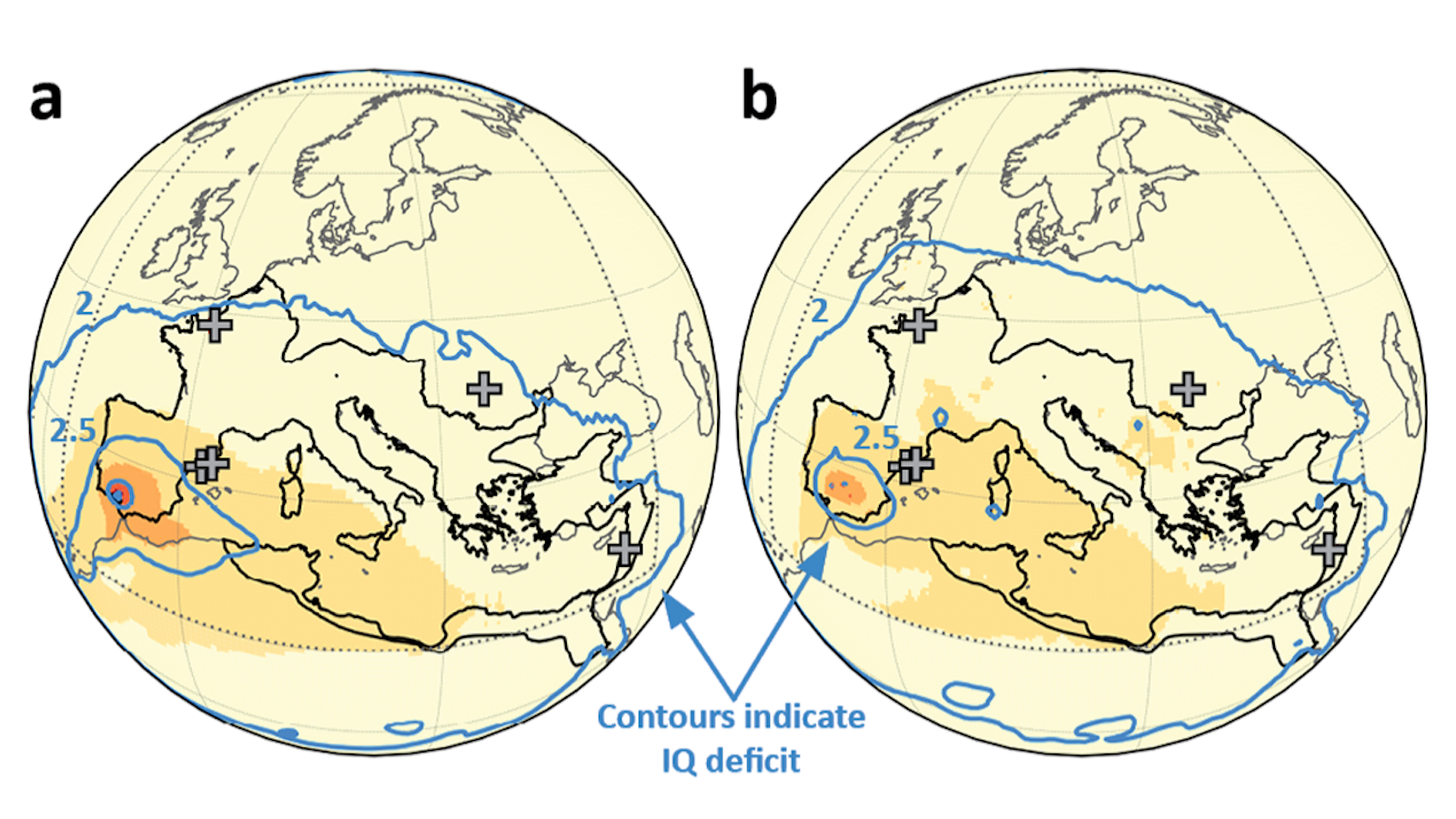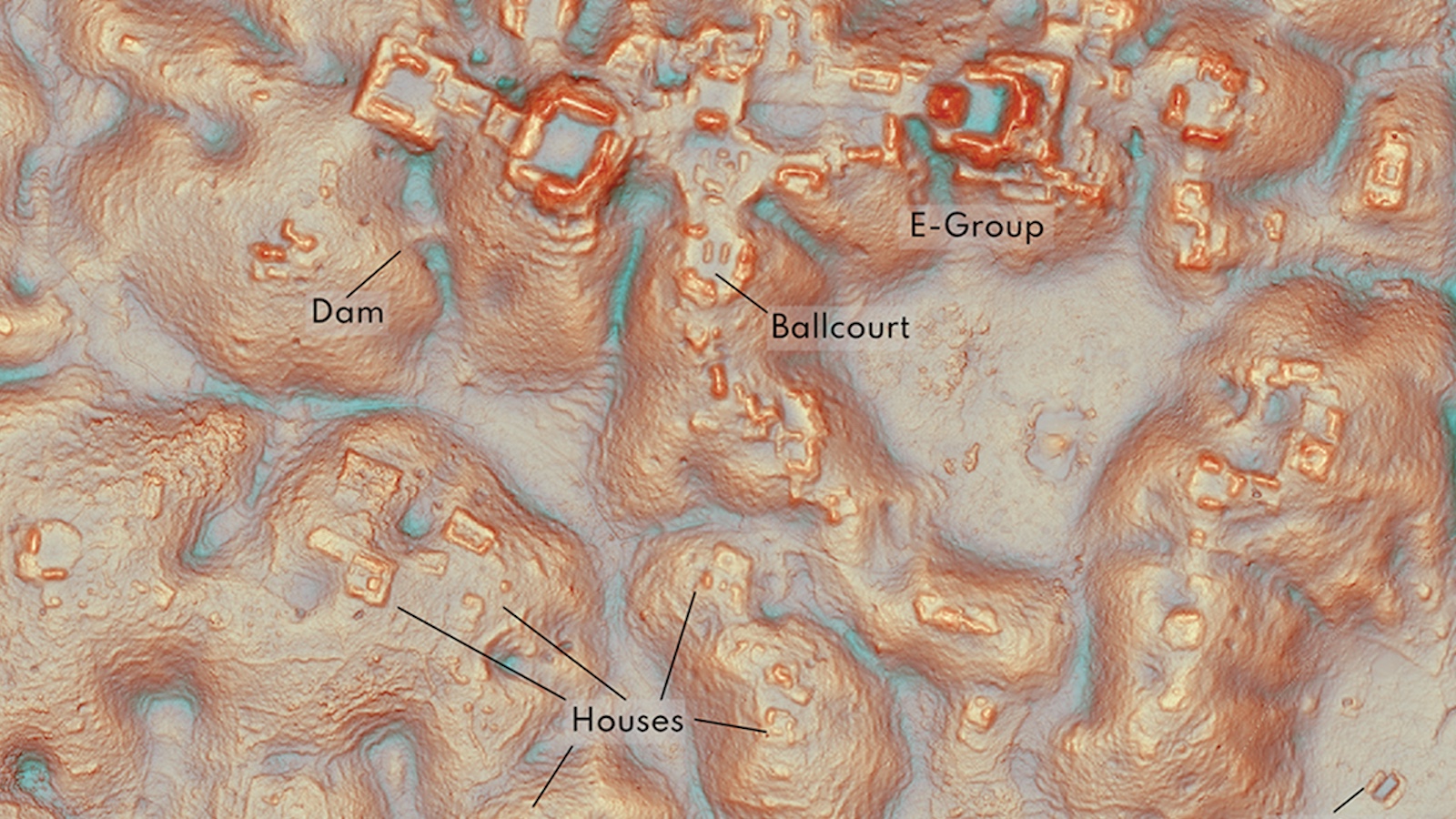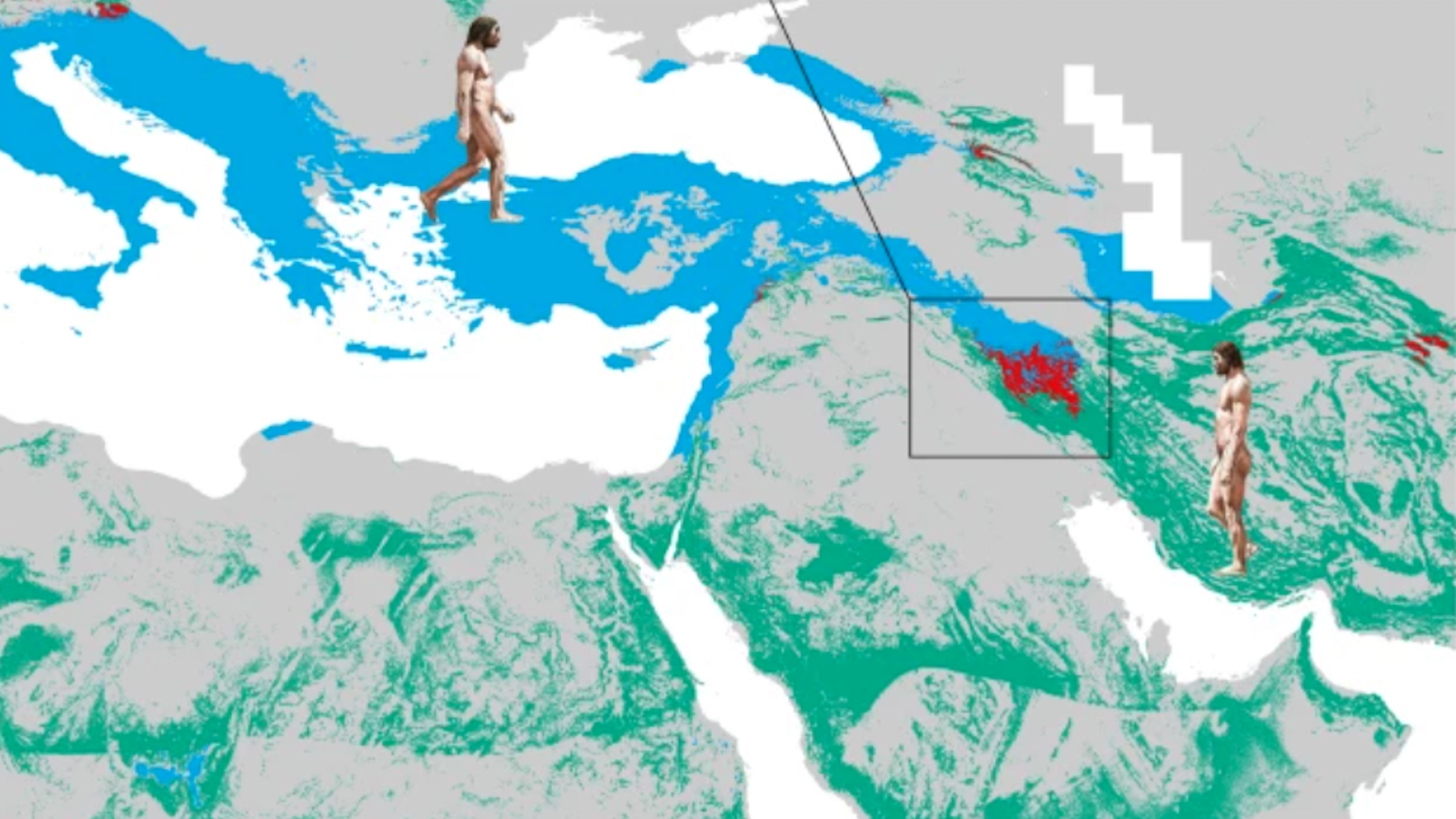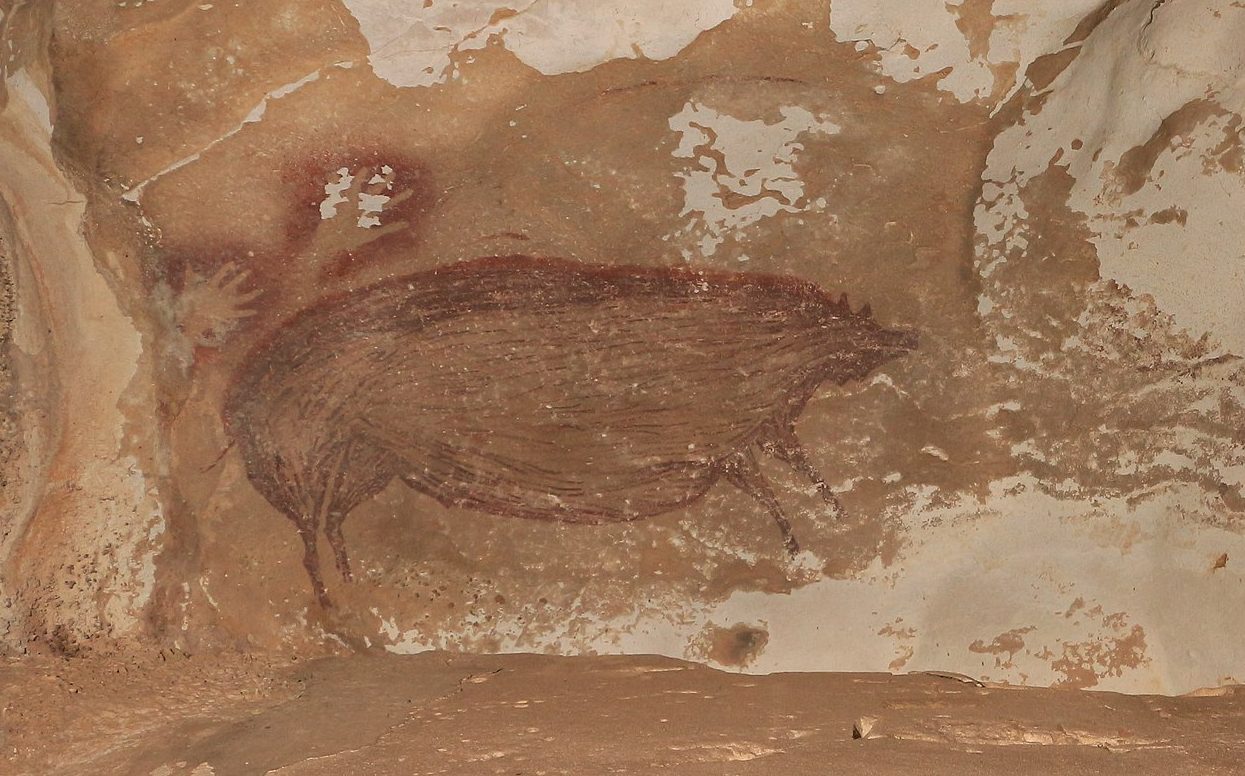Explaining a billion-year gap in the fossil record

Credit: Christine Siddoway / University of Colorado
- The Great Unconformity is a mysterious interruption in the fossil record around the world.
- The atoms trapped inside rock at the interruption’s boundaries indicate what might have caused this odd geologic timeline anomaly.
- The answer might be worldwide geologic chaos caused by the formation and breakup of ancient supercontinent Rodinia.
It is called the “Great Unconformity,” and it has puzzled geologists ever since it was first noticed in the walls of the Grand Canyon by famed geologist John Wesley Powell in 1869. In geology, time is marked by layers of rock deposited atop each other, little by little over time. The thing about the Great Unconformity is that about a billion years of rock appear to be missing between 3 billion-year-old sediment and relatively young, 550-million-year-old stuff sitting directly on top of it.
Intriguingly, that 550 million-year-date is just a few million years before the Cambrian explosion — the widespread appearance of complex life on Earth.
Although the Great Unconformity is easy to spot in the Grand Canyon, a similar disruption is apparent in lots of other places, and some geologists have hypothesized that whatever caused them was some kind of global event.
Now a new study suggests that, first, there may not have been just one unconformity but rather a series of them roughly coincident around the world. Second, they all may have had to do with an ancient supercontinent named Rodinia that formed about a billion years ago.
Atomic clock in the rock

Study co-author Rebecca Flowers at exposed rock at Pikes Peak.
Credit: Christine Siddoway / University of ColoradoThe new research is based on a dating technique called thermochronology. With thermochronology, a close examination of atoms inside rock samples allows geologists to construct a history of the stone based on how hot or cold it was at different times.
The researchers analyzed rock samples from a Great Unconformity site in Pikes Peak, Colorado, where the lower layer is from about a billion years ago and the rock above it from no earlier than 510 million years ago. Thermochronology revealed that the lower layer had been thrust upward to the surface about 700 million years ago, at which point it would have been subjected to erosion that scoured away its upper layers of rock.
Erosion is a powerful force. Consider the Grand Canyon. As study co-author Rebecca Flowers tellsCU Boulder Today, “Earth is an active place. There used to be a lot more rocks sitting on top of Mount Everest, for example. But they’ve been eroded away and transported elsewhere by streams.”
Blame Rodinia
It is believed that supercontinent Rodinia — which pre-dated the better-known Pangaea — formed through a process, called extrovert assembly, in which pieces of a prior supercontinent that has broken apart meet again after having traveled all the way around the planet. During their extended journey, the edges of the pieces experience significant erosion before smashing back together.
“At the edges of Rodinia,” says Flowers, “where you have continents colliding, you’d see these mountain belts like the Himalayas begin to form. That could have caused large amounts of erosion.” In addition, the researchers speculate that the birth and death of Rodinia may have wreaked havoc all over the world as its pieces first came together and then eventually broke apart.
Flowers concludes, “We’re left with a feature that looks similar across the world when, in fact, there may have been multiple great unconformities, plural. We may need to change our language if we want to think about the Great Unconformity as being more complicated, forming at different times in different locations and for different reasons.”
Other research teams, such as the one at University of California-Santa Barbara, have been coming to similar conclusions. “It’s a messy process,” says the school’s Francis Macdonald. “There are differences, and now we have the ability to perhaps resolve those differences and pull that record out.”
Solving Darwin’s dilemma
Considering the Great Unconformity’s temporal proximity to the Cambrian explosion, a final solution to the puzzle may have implications beyond geology. “The Cambrian explosion,” says Macdonald, “was Darwin’s dilemma. This is a 200-year old question. If we can solve that, we would definitely be rock stars.”





